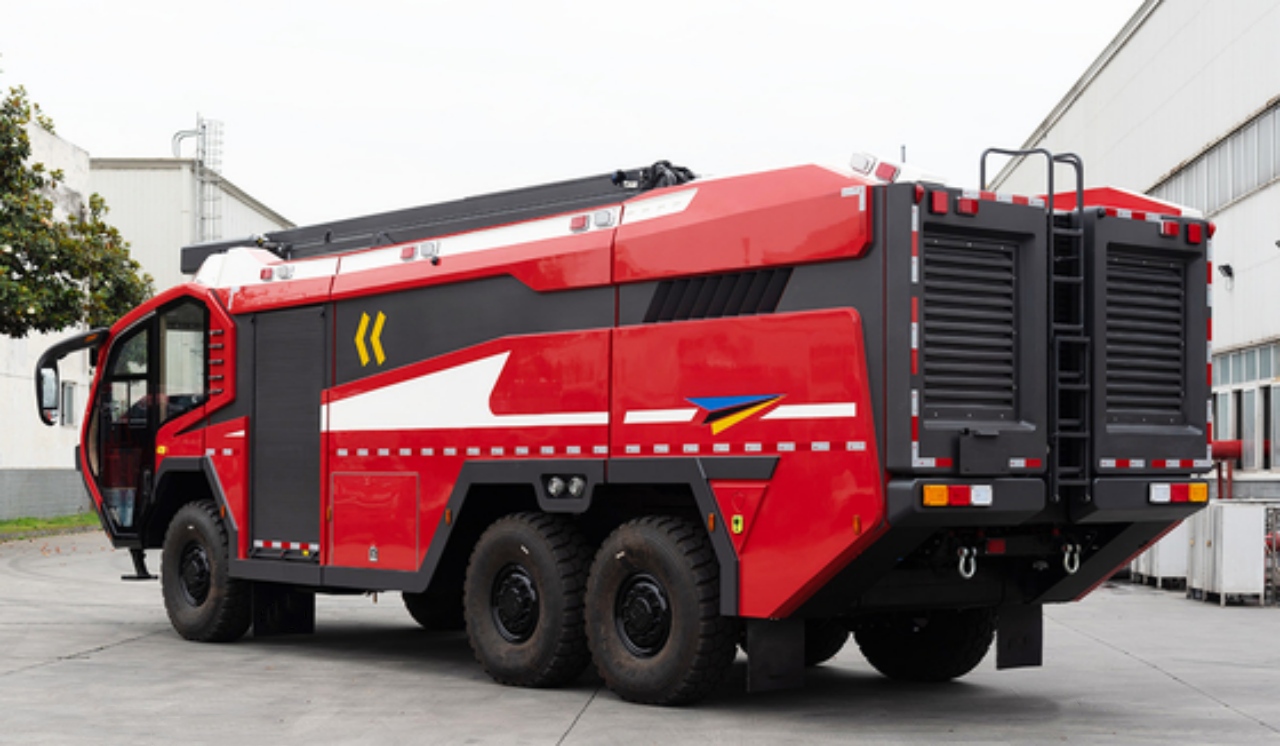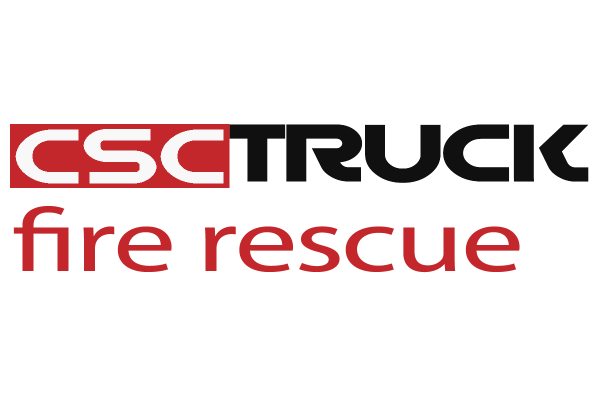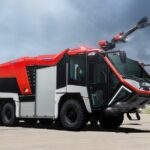Introduction
Airports are complex environments that require specialized emergency response systems to handle a wide range of potential disasters. Among these systems, Airport Rescue Fire Fighting (ARFF) trucks play a crucial role in ensuring passenger and crew safety during aviation emergencies. Unlike conventional fire trucks, ARFF vehicles are specifically designed to respond rapidly to aircraft incidents, including crashes, fuel fires, and onboard medical emergencies. Their specialized capabilities, such as high-speed mobility, advanced firefighting equipment, and the ability to operate in challenging airport environments, make them indispensable to airport emergency response teams.
This article explores the role of ARFF trucks in emergency response, detailing their features, operational protocols, and importance in aviation safety.
Design and Features of ARFF Trucks
1. Rapid Response Capability
ARFF trucks are built for speed and maneuverability. Unlike municipal fire trucks, which prioritize water-carrying capacity and versatility for urban environments, ARFF vehicles focus on reaching an aircraft emergency site within the shortest possible time. The International Civil Aviation Organization (ICAO) and Federal Aviation Administration (FAA) mandate that ARFF units must reach the midpoint of the furthest runway within three minutes of an alarm being raised.
To meet this requirement, ARFF trucks are equipped with high-powered engines, capable of reaching speeds exceeding 70 mph (112 km/h). Their all-wheel-drive systems and low-pressure tires enable them to traverse rough terrain, including grass, sand, and unpaved airport surfaces.
2. Fire Suppression Systems
ARFF trucks are fitted with a range of firefighting tools designed to handle aviation-specific fire hazards:
- Water and Foam Systems: Most ARFF trucks carry large volumes of water (typically 1,500–4,000 gallons) and fire suppression foam (Aqueous Film-Forming Foam or AFFF) to extinguish jet fuel fires.
- Dry Chemical and Halotron Systems: These are used for fires involving electrical systems, engines, or fuel leaks where water may not be effective.
- Roof and Bumper Turrets: High-powered nozzles capable of discharging water and foam at high pressure (up to 2,000 gallons per minute) allow ARFF crews to attack fires from a distance, keeping firefighters safe.
- Piercing Nozzles: Some ARFF trucks have extendable arms with piercing nozzles to puncture aircraft fuselages and apply fire suppressant inside the cabin, helping to control onboard fires before passengers evacuate.
3. Rescue and Extrication Equipment
Rescuing passengers and crew from a burning or damaged aircraft requires specialized tools. ARFF trucks carry:
- Hydraulic rescue tools (Jaws of Life) for cutting through fuselage and wreckage.
- Thermal imaging cameras to locate trapped victims in low-visibility conditions.
- Self-contained breathing apparatus (SCBA) for firefighters operating in smoke-filled environments.
4. Medical and Hazardous Materials Response
Since aircraft emergencies often involve injuries, ARFF trucks are equipped with basic life support (BLS) and advanced life support (ALS) gear, including defibrillators, trauma kits, and oxygen tanks. Additionally, ARFF crews are trained to handle hazardous materials (HAZMAT) situations, such as fuel spills and chemical leaks from cargo aircraft.
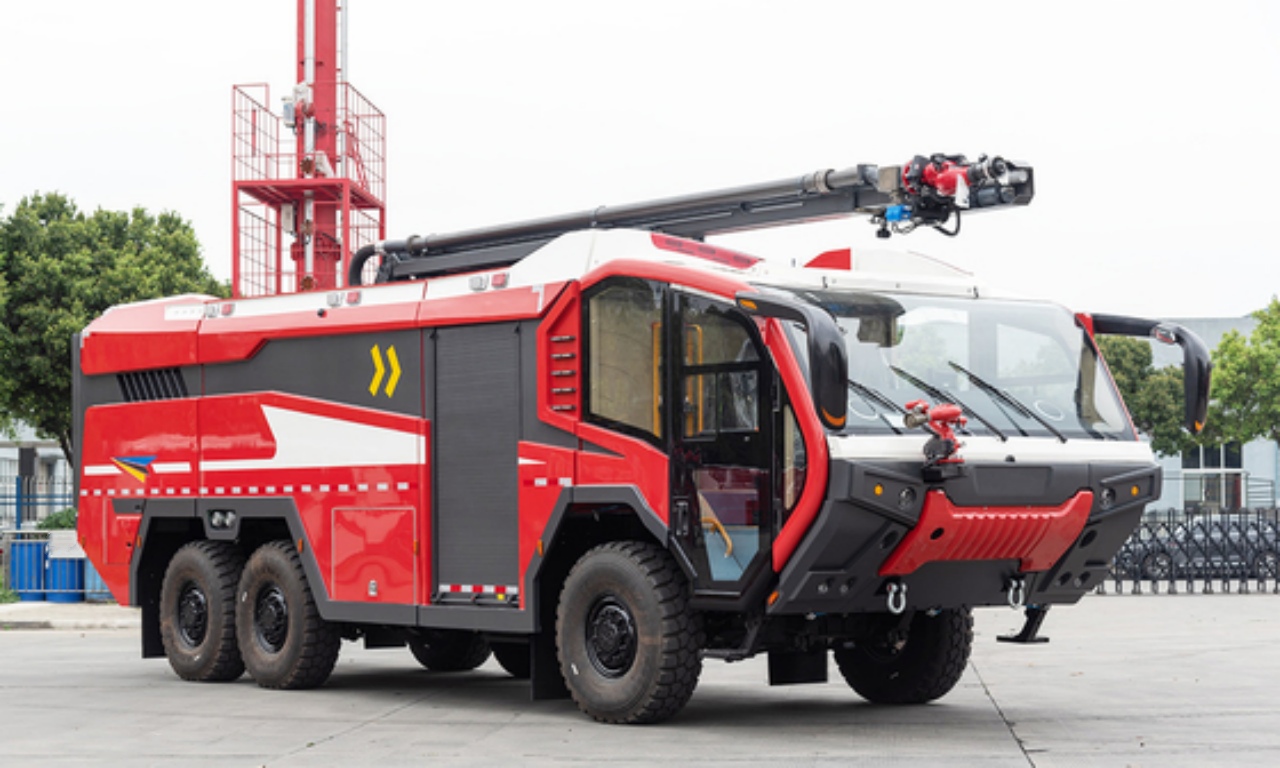
Operational Protocols in Airport Emergencies
1. Aircraft Incidents and Crashes
When an aircraft emergency occurs—such as an engine fire, crash landing, or landing gear failure—ARFF trucks respond immediately. Their priority is to establish a fire suppression perimeter, ensuring the safety of passengers and rescue personnel.
2. Fuel Spills and Fire Prevention
Aircraft fuel spills pose a significant fire risk. ARFF crews use foam blankets to suppress flammable vapors and prevent ignition. Specialized fire suppression agents, such as potassium bicarbonate and Halotron, are used to control fires involving jet fuel.
3. Onboard Medical Emergencies
ARFF teams assist in medical evacuations and trauma care during aircraft accidents. Their medical training allows them to stabilize critical patients before they are transferred to emergency medical services (EMS).
4. Passenger and Crew Evacuations
In cases where an aircraft cannot use standard evacuation slides due to fire or structural damage, ARFF personnel provide alternative rescue methods. They may cut through the fuselage or use ladders and ropes to assist evacuations.
Compliance with International Safety Standards
1. ICAO and FAA Regulations
The International Civil Aviation Organization (ICAO) and the Federal Aviation Administration (FAA) establish guidelines for ARFF response times, equipment requirements, and personnel training. Compliance ensures that ARFF teams can handle aircraft emergencies effectively with minimal casualties.
2. Training and Preparedness
ARFF firefighters undergo intensive training in aviation-specific firefighting techniques, including:
- Live aircraft fire simulations.
- Emergency aircraft evacuation procedures.
- High-pressure foam application techniques.
- Incident command and communication strategies.
Regular drills and simulations ensure that ARFF teams remain prepared for any emergency scenario.
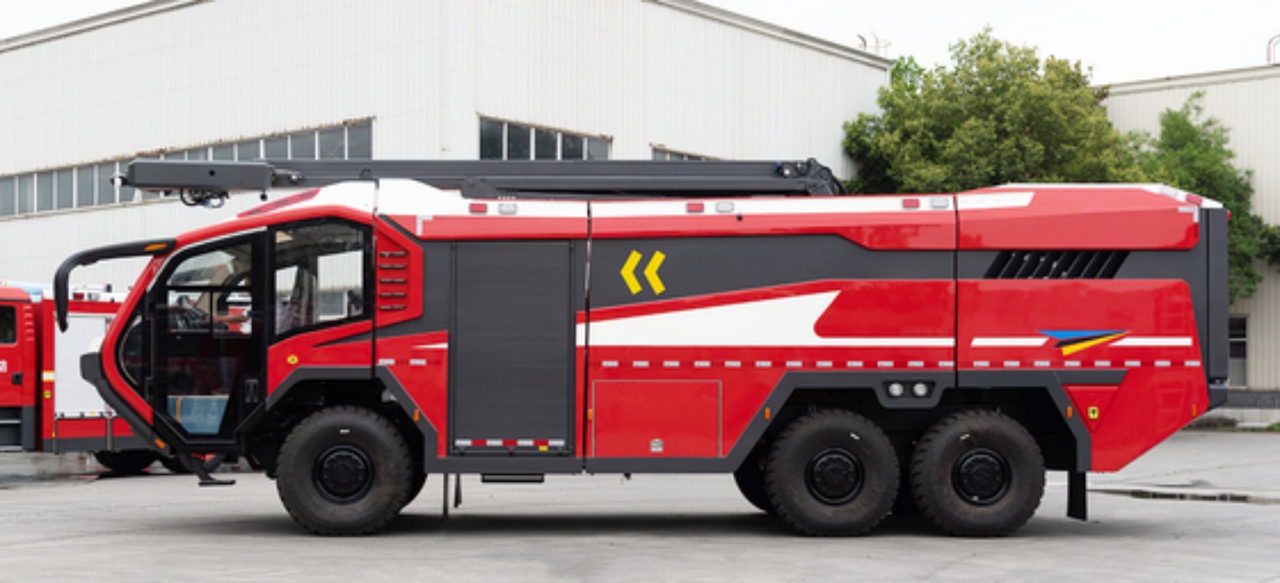
The Future of ARFF Technology
1. Electric and Hybrid ARFF Trucks
Advancements in electric and hybrid firefighting vehicles are improving response efficiency while reducing environmental impact. Some airports are testing electric ARFF trucks that offer reduced emissions and lower operating costs without compromising firefighting capabilities.
2. Autonomous and Remote-Controlled Firefighting Systems
Emerging technologies, such as autonomous firefighting drones and remote-controlled ARFF units, are being explored to enhance safety. These innovations can reduce risks to human firefighters by allowing fire suppression operations to be conducted remotely.
3. Enhanced Thermal Imaging and AI Integration
Future ARFF trucks may integrate artificial intelligence (AI) and enhanced thermal imaging to provide real-time data analysis during emergencies. AI-driven response coordination can optimize rescue efforts by predicting fire spread patterns and identifying high-risk areas within the aircraft.
Conclusion
Airport Rescue Fire Fighting (ARFF) trucks are critical assets in aviation emergency response. Their specialized design, advanced firefighting capabilities, and rapid response efficiency make them essential for mitigating aircraft-related disasters. As aviation technology evolves, ARFF trucks will continue to integrate innovative firefighting techniques, ensuring that airports remain safe for passengers, crew, and personnel.
By adhering to international safety regulations, continuous training, and embracing new technologies, ARFF teams will remain at the forefront of aviation emergency response, minimizing risks and saving lives in critical situations.
